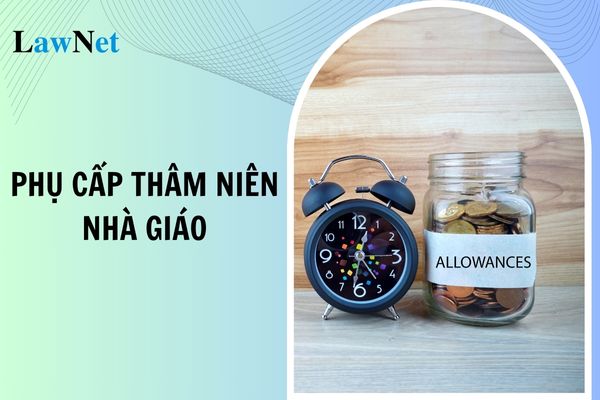Does the duration of serving as a specialist count towards the teaching seniority allowance in Vietnam?
Does the duration of serving as a specialist count towards the teaching seniority allowance in Vietnam?
Pursuant to Article 3 of Decree 77/2021/ND-CP, the periods counted and not counted for the seniority allowance are as follows:
Periods Counted and Not Counted for Seniority Allowance
- Periods counted for seniority allowance
Periods counted for seniority allowance are determined by the sum of the following durations:
a) Teaching and educational periods with mandatory social insurance contributions in public educational institutions.
b) Teaching and educational periods with mandatory social insurance contributions in non-public educational institutions (applicable to teachers currently teaching in public institutions who previously taught in non-public educational institutions).
c) Periods of work counted for seniority allowance, including periods of work classified under one of the ranks or positions in specialized fields such as customs, courts, prosecution, audit, inspection, civil enforcement, forestry protection, national reserves, party inspection; periods counted for seniority allowance in the military, police, cryptographic services, and other sectors (if applicable).
d) Military service periods by law before which the individual was entitled to seniority allowance in their profession.
...
Thus, if a teacher had time serving as an specialist, that period is not counted for the teacher's seniority allowance.

Does the duration of serving as a specialist count towards the teaching seniority allowance in Vietnam? (Image from the Internet)
How many percentage of seniority allowance is added for teachers annually in Vietnam?
Pursuant to Article 4 of Decree 77/2021/ND-CP, the regulations on the seniority allowance rate are as follows:
Seniority Allowance Rate
- Teachers who have participated in teaching and have mandatory social insurance contributions for 5 years (60 months) are entitled to a seniority allowance of 5% of their current salary plus position allowance and seniority allowance beyond the salary bracket (if any). From the sixth year onward, an additional 1% is added each year (after 12 full months).
- The seniority allowance is calculated and paid together with the monthly salary and is used to calculate social insurance, health insurance, and unemployment insurance contributions.
...
Thus, from the sixth year onward, each year (after 12 full months) a teacher is entitled to an additional 1% of the seniority allowance rate.
What is the funding source for the implementation of teacher seniority allowance policies in Vietnam?
Based on Article 5 of Decree 77/2021/ND-CP, the funding sources for implementation are specified as follows:
Funding Source for Implementation
- The funding source for implementing the seniority allowance policies for teachers is derived from the legal revenue of the unit and from the budget ensured by the state, specifically:
a) For public educational institutions that self-finance recurrent and investment expenditures, and those that only self-finance recurrent expenditures, the implementation cost for seniority allowance policies is ensured from the unit's operational revenues.
b) For public educational institutions partially self-financing their own recurrent expenditures, the implementation cost for the seniority allowance policies is ensured from the unit's operational revenues and state budget funds allocated according to the current state budget management decentralization.
c) For public educational institutions where the State covers recurrent expenditures, the funding for seniority allowance policies is ensured by the state budget and allocated in the annual budget estimates based on the current state budget management decentralization.
- In cases where the State implements a statutory pay rate adjustment, the ministries, central agencies, and the provinces and centrally-run cities are responsible for organizing, guiding, reviewing, and consolidating reports on demands, sources, and funding needs for implementing teacher seniority allowance policies into the needs for salary reform as per current regulations on determining demands and sources for adjusting statutory pay rate annually; this is then sent to the Ministry of Finance for consideration and appraisal as per regulations.
Therefore, the funding source for implementing teacher seniority allowance policies is derived from the legal revenue of the unit and from the funds ensured by the state budget. To be specific:
- For public educational institutions that self-finance recurrent and investment expenditures, and those that only self-finance recurrent expenditures, the implementation cost for seniority allowance policies is ensured from the unit's operational revenues.
- For public educational institutions partially self-financing their own recurrent expenditures, the implementation cost for seniority allowance policies is ensured from the unit's operational revenues and state budget funds allocated according to the current state budget management decentralization.
- For public educational institutions where the State covers recurrent expenditures, the funding for seniority allowance policies is ensured by the state budget and allocated in the annual budget estimates of the educational institutions.

